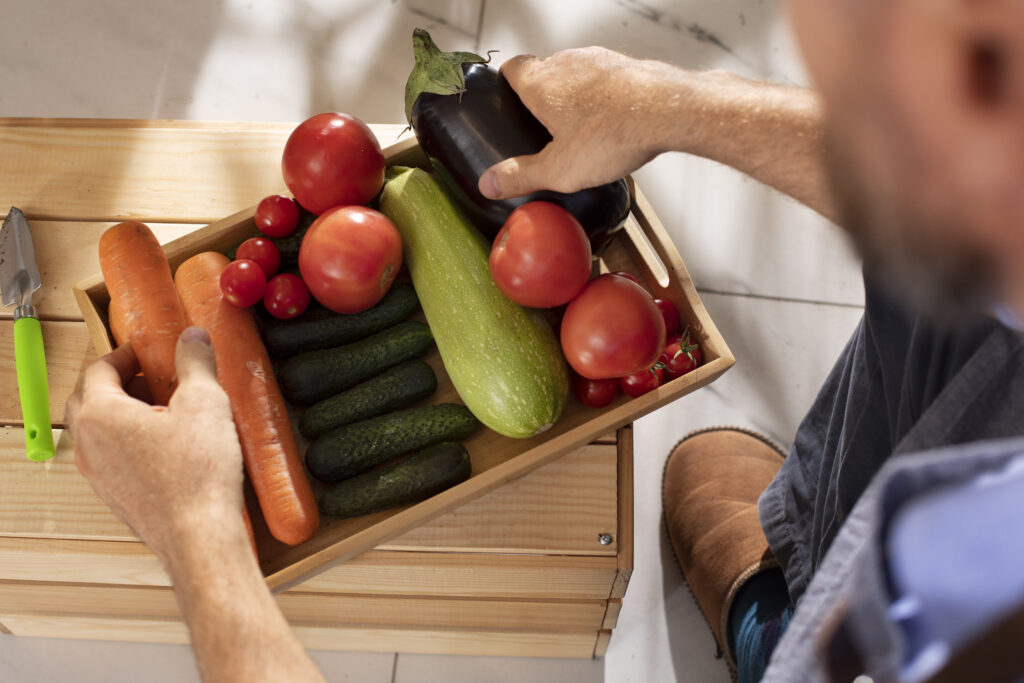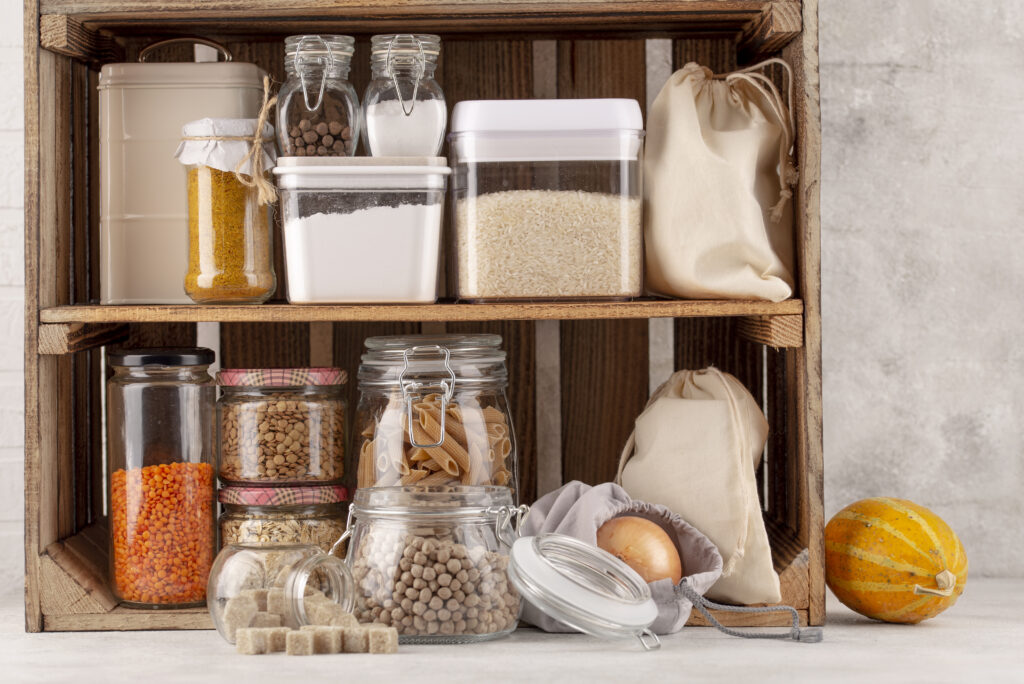In today’s fast-paced world, maintaining a healthy diet can sometimes seem like an expensive and daunting task. However, with some smart planning and savvy shopping, it is entirely possible to eat well without breaking the bank. Here are some practical tips and tricks for healthy eating on a budget.
Table of Contents
Plan Your Meals Ahead of Time:

Making your meals in advance is one of the best methods to cut costs on groceries. Make a shopping list of the products you’ll need and plan a weekly meal. You can make sure you’re just buying what you need and prevent impulsive purchases by doing this. By extending your food budget, planning also enables you to take advantage of bargains and discounts.
Buy in Bulk:

Bulk purchases may be a terrific method to cut costs, particularly for non-perishable goods like nuts, grains, and beans. Purchasing in bigger amounts helps lower the cost per serving, and many businesses give discounts on bulk orders. Just make sure to properly store bulk things to prevent waste.
Choose Seasonal and Local Produce:

When in season, fruits and vegetables are fresher and more reasonably priced. For cheaper fresh vegetables, check out your neighborhood farmers’ markets or think about signing up for a community-supported agriculture (CSA) program. Purchasing locally also helps your community and lessens the environmental effect of food transportation.
Incorporate Plant-Based Meals:

Dairy and meat goods might be among the priciest things in your shopping basket. Increasing the amount of plant-based meals in your diet has several health advantages and can save you a lot of money. Nutrient-dense foods including whole grains, beans, tofu, and lentils are also reasonably priced.
Cook at Home and Avoid Processed Foods:

The expense of eating out or purchasing processed meals may go up rapidly. You can regulate the ingredients and portion proportions when you cook at home, making your meals economical and healthful. Time and money may be saved by making big amounts of food and freezing what’s not used.
Make the Most of Your Pantry:

Make a list of everything you already have in your pantry before you go shopping. To save waste and money, use these ingredients as the basis for your meals rather than purchasing duplicates. Basic ingredients such as rice, pasta, canned foods, and spices may serve as the foundation for a variety of nutritious recipes.
Grow Your Own Herbs and Vegetables:

Growing a little garden, even on a windowsill, will allow you to have access to fresh produce all year round. This guarantees that your fruit is free of dangerous chemicals and lowers shopping expenditures. Herbs that are inexpensive to produce and add taste to your food are parsley, basil, and mint.
FAQs:
Is it really possible to eat healthy on a tight budget?
What are some affordable sources of protein?
How can I reduce food waste at home?
Are frozen fruits and vegetables as healthy as fresh ones?
How can I save money on fruits and vegetables?
Conclusion:
Eating healthy on a budget is entirely achievable with a little planning and creativity. By incorporating these tips and tricks into your routine, you can enjoy nutritious meals without overspending. Remember, a healthy diet doesn’t have to be expensive—it just requires smart choices and a bit of effort. Start making these changes today and see the positive impact on both your health and your wallet.
Read More:







One thought on “Healthy Eating on a Budget: Tips and Tricks”